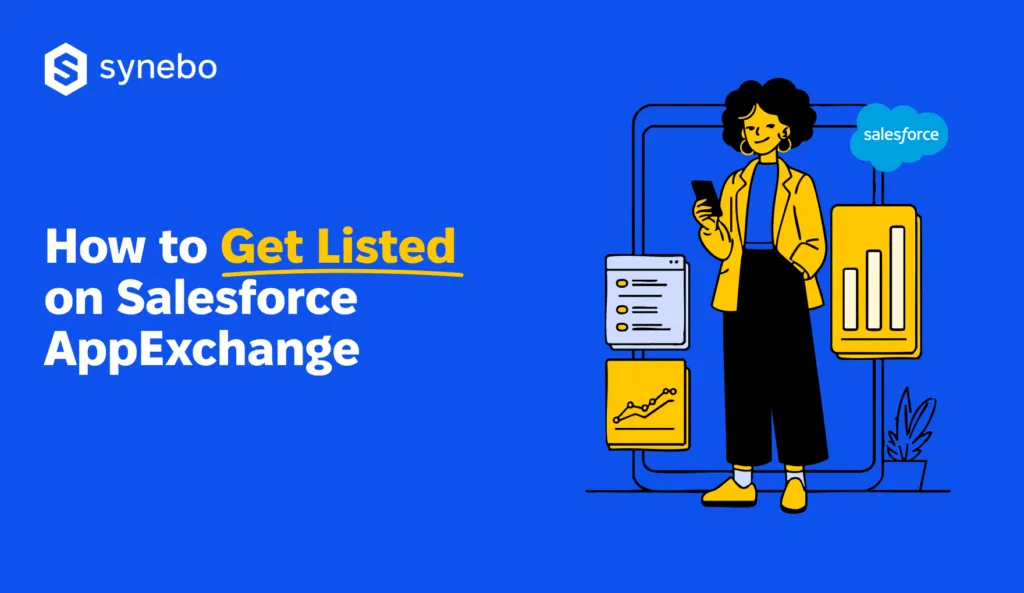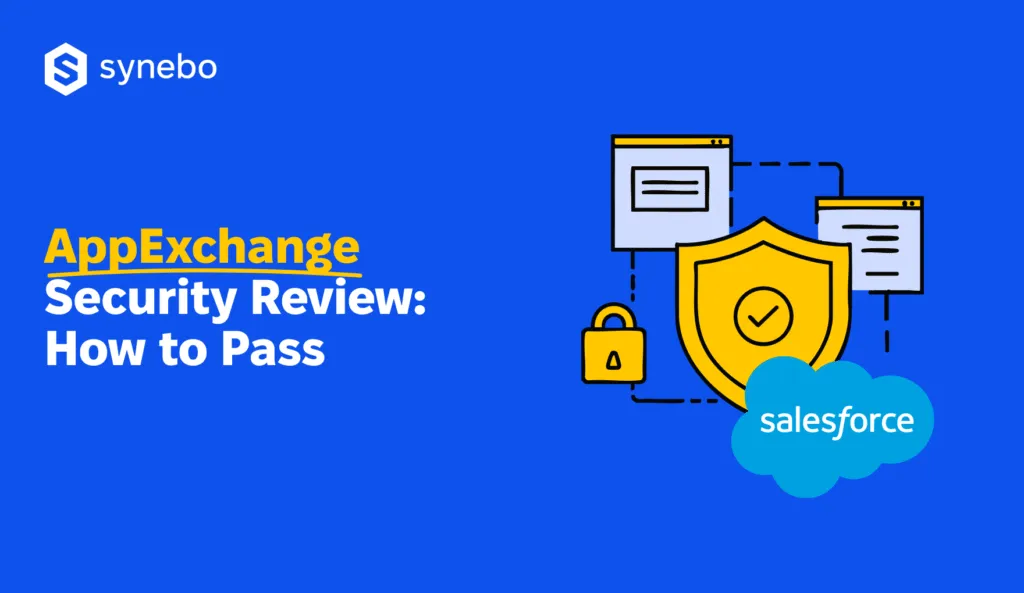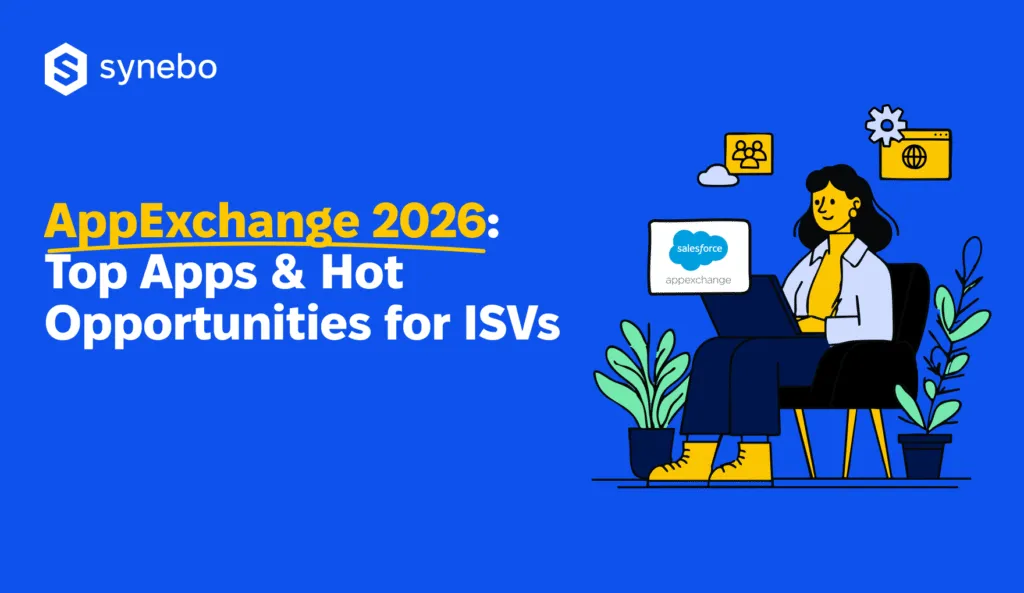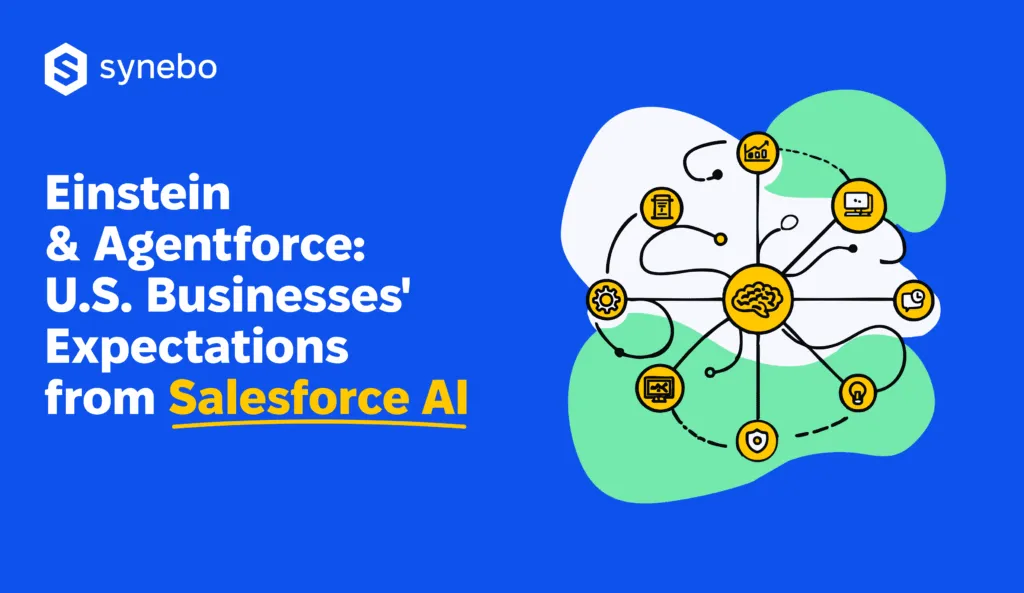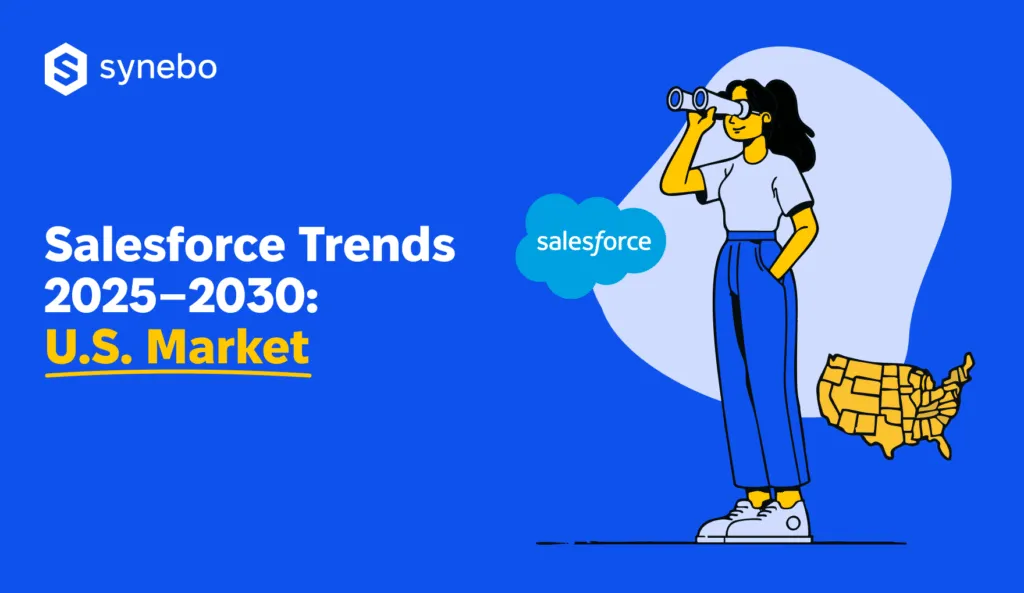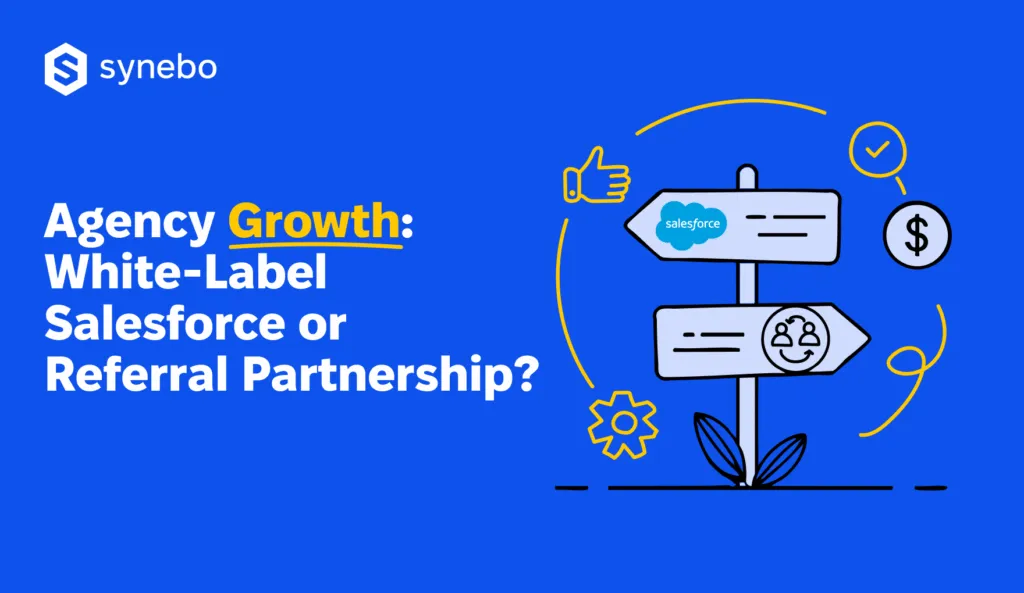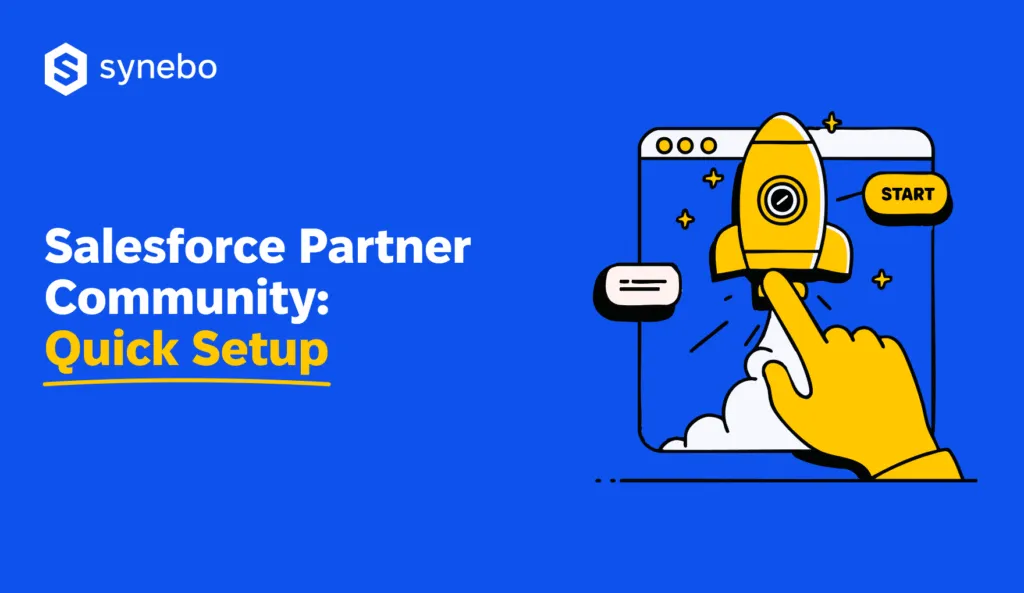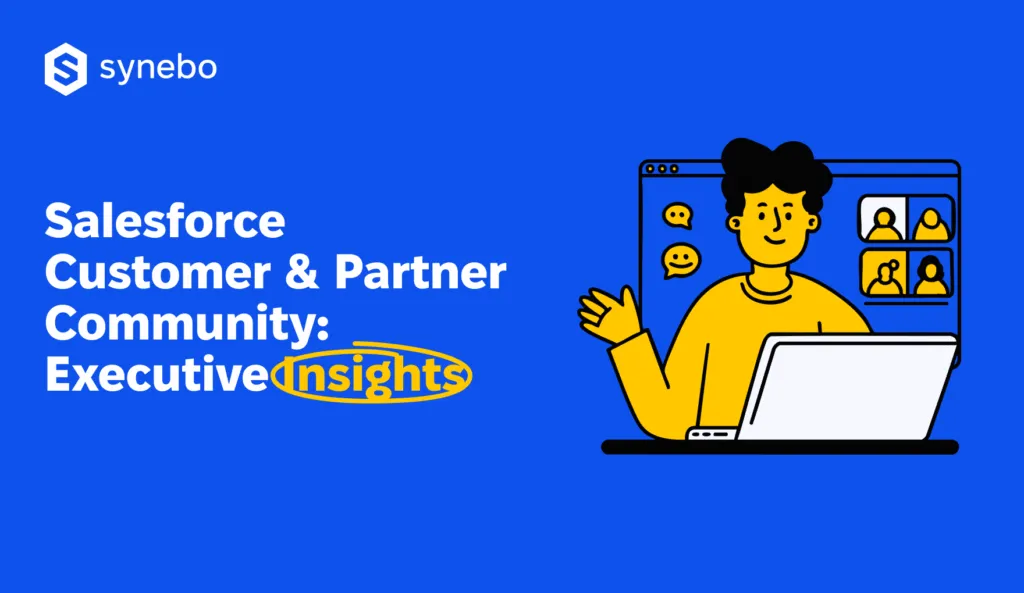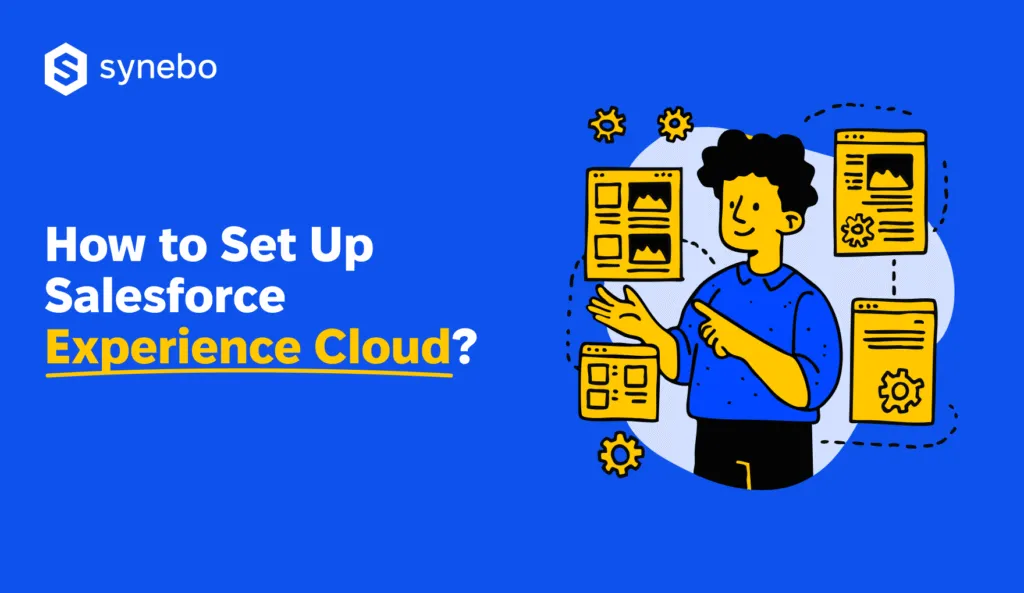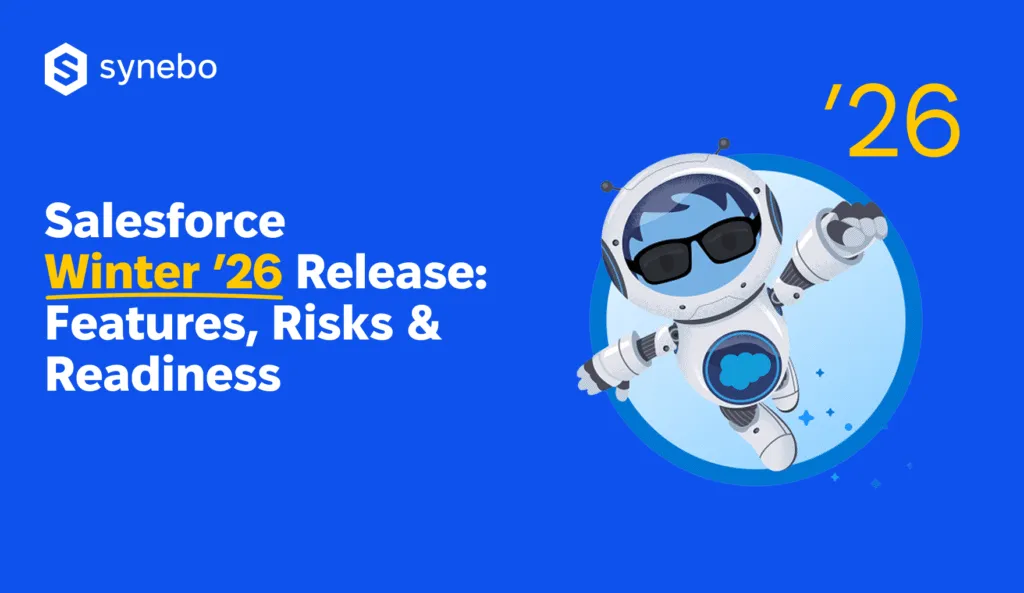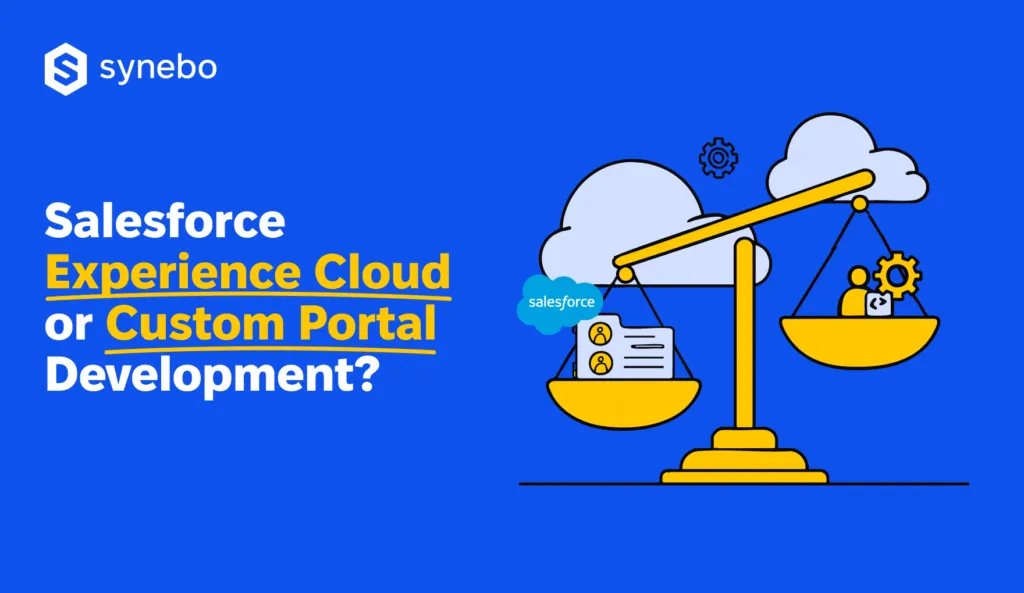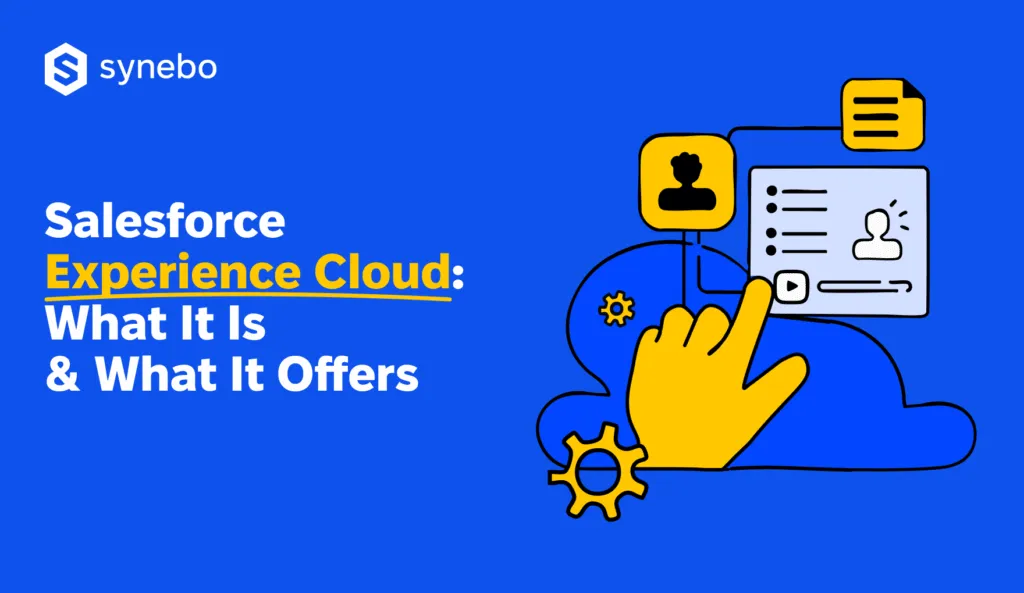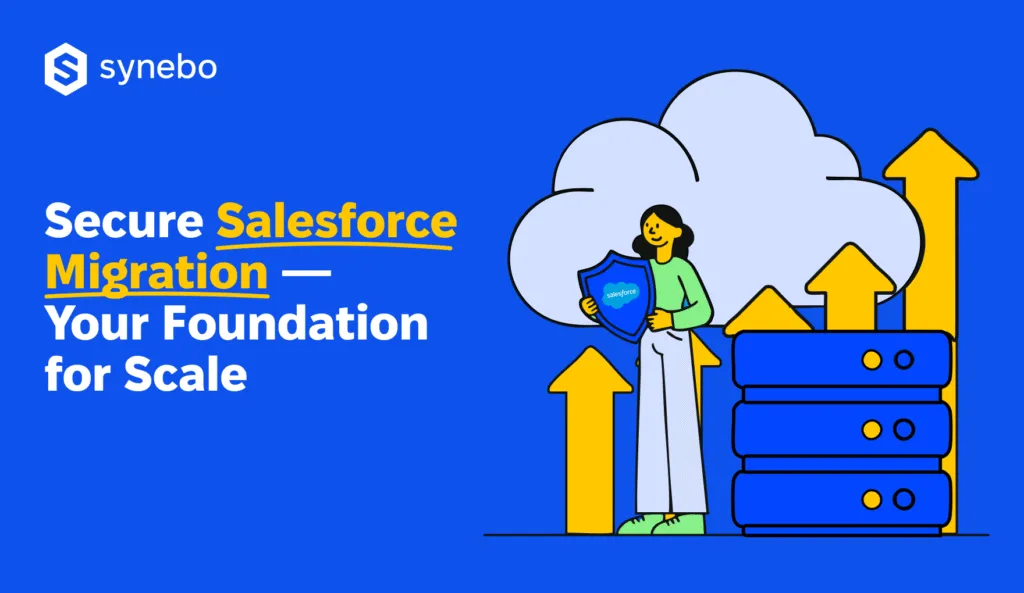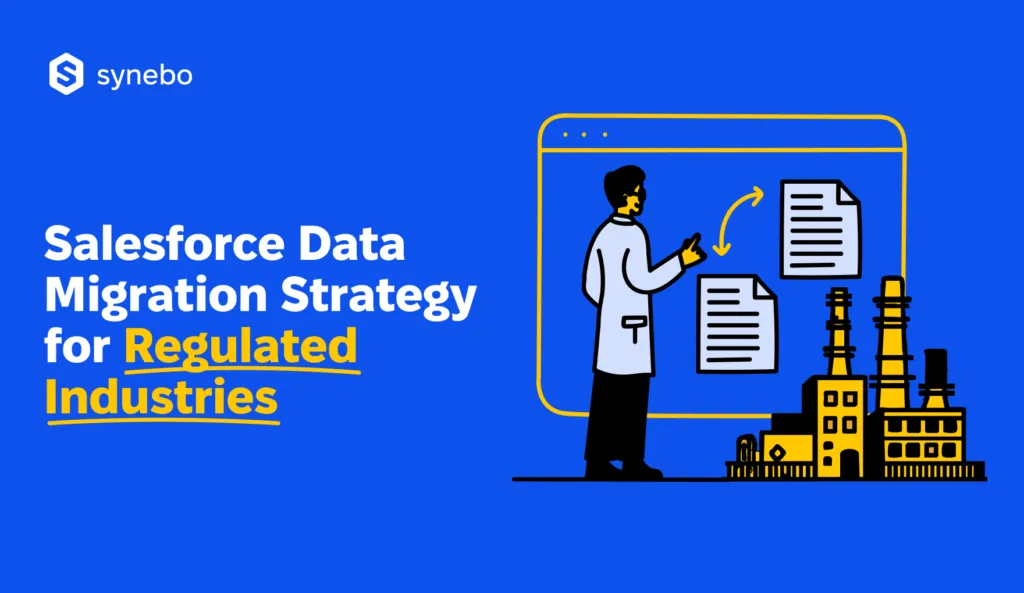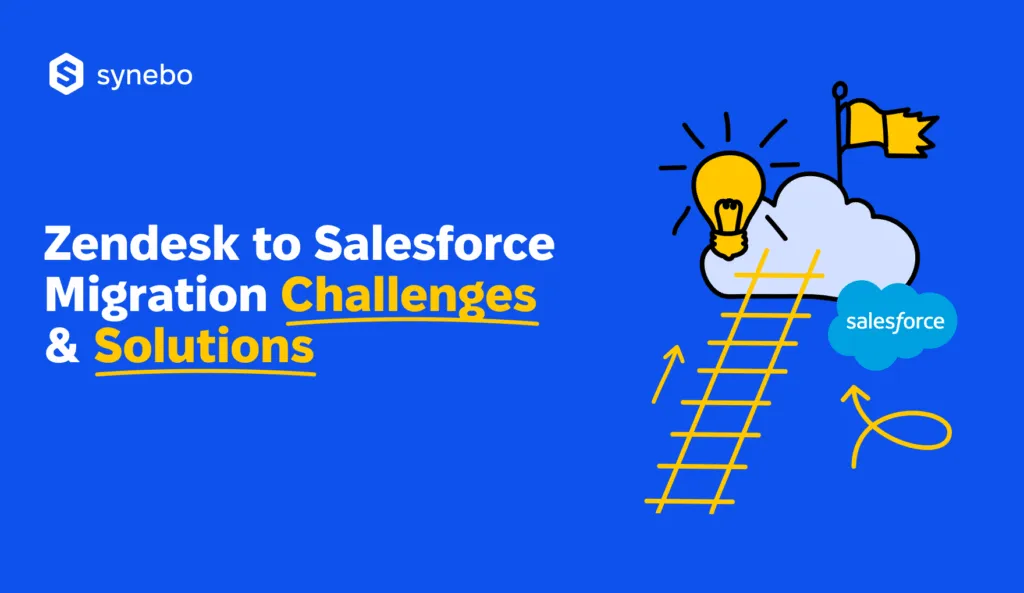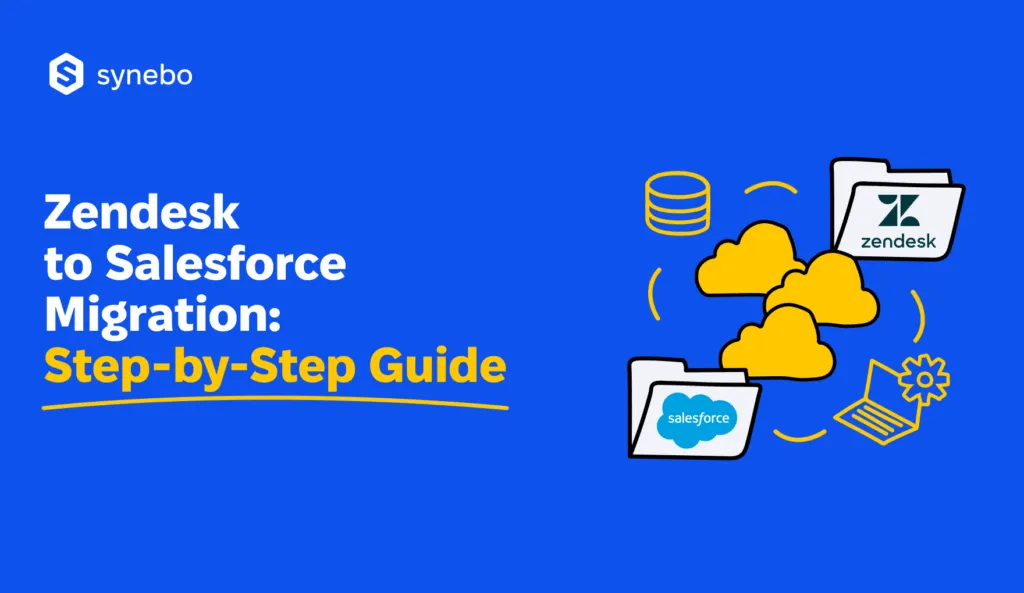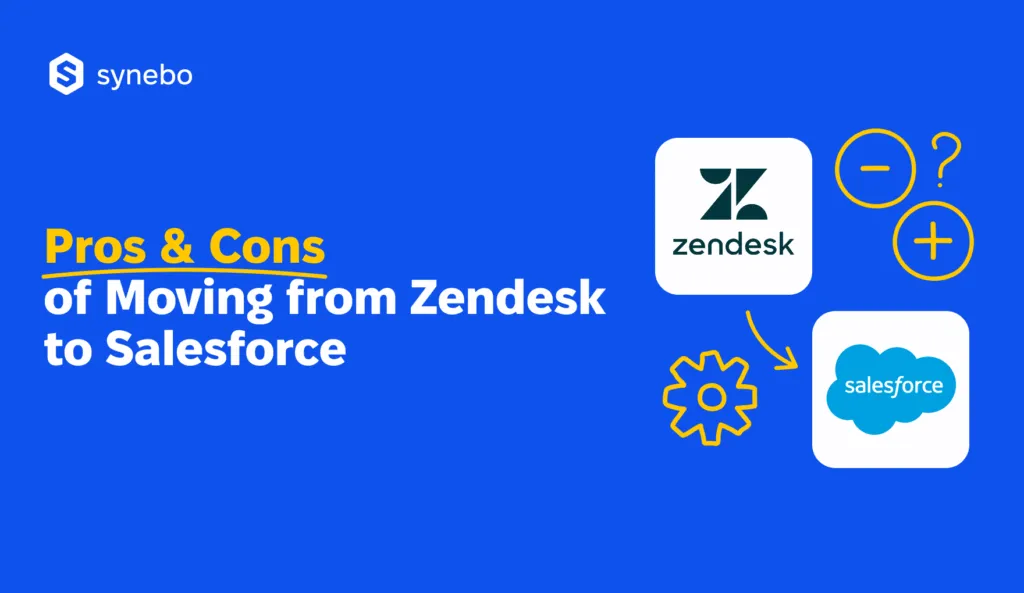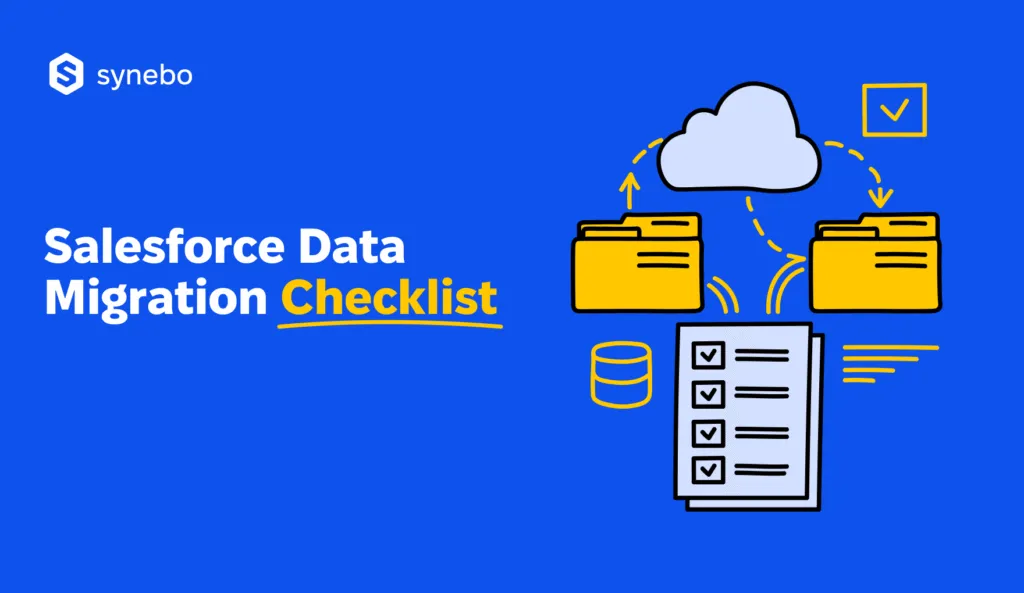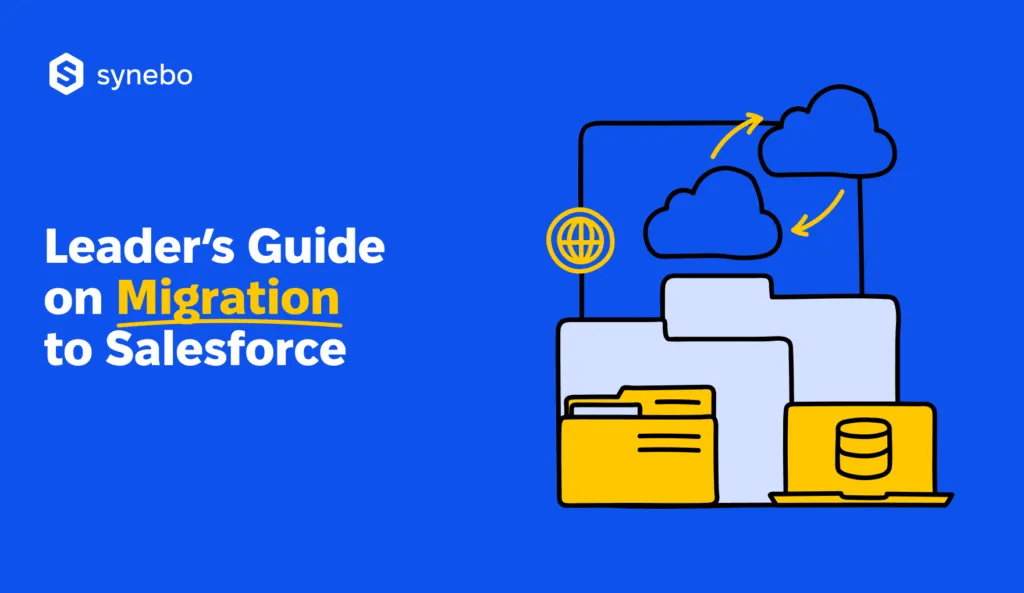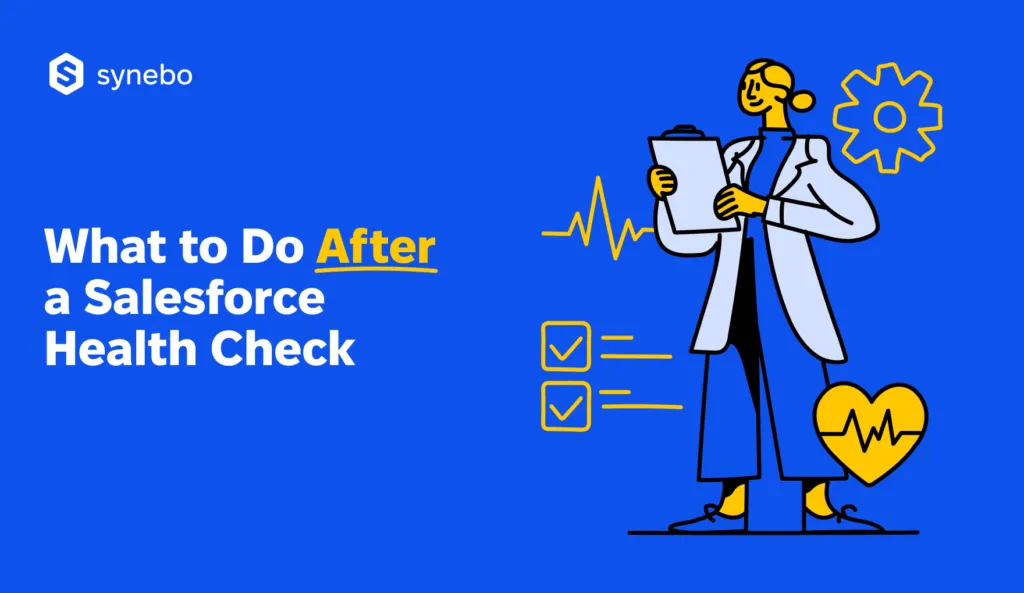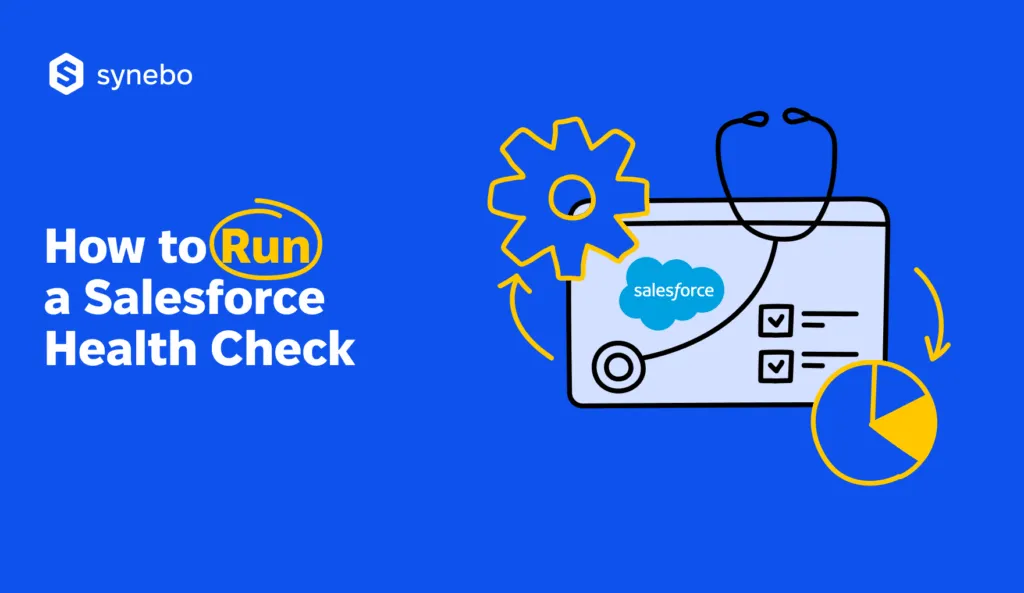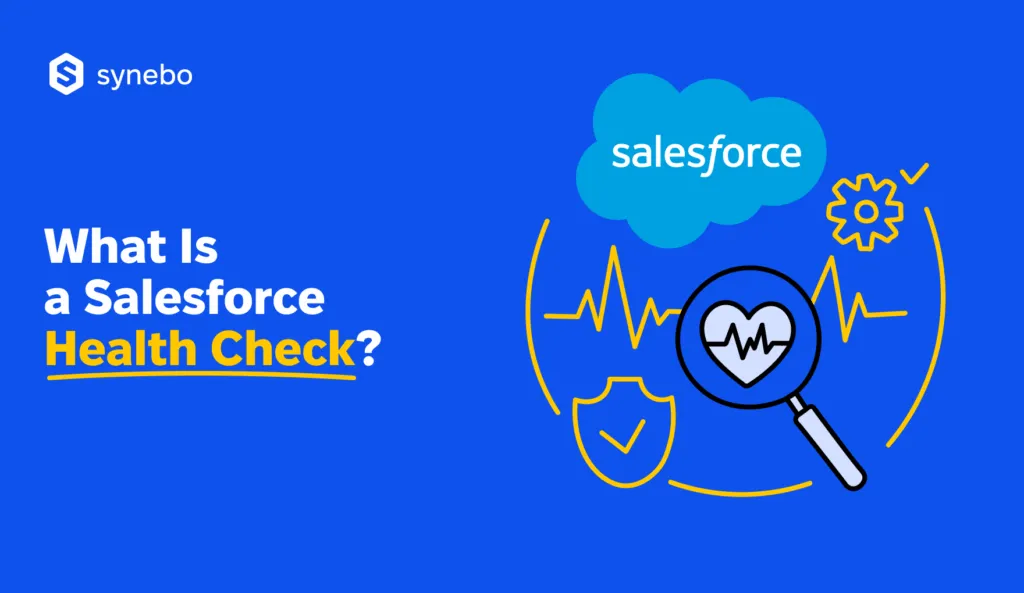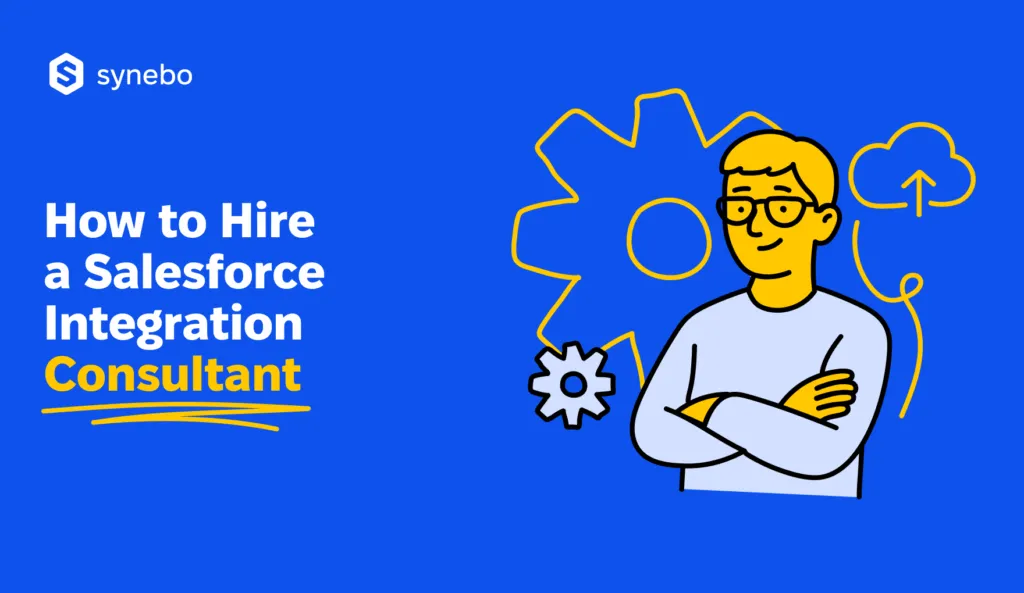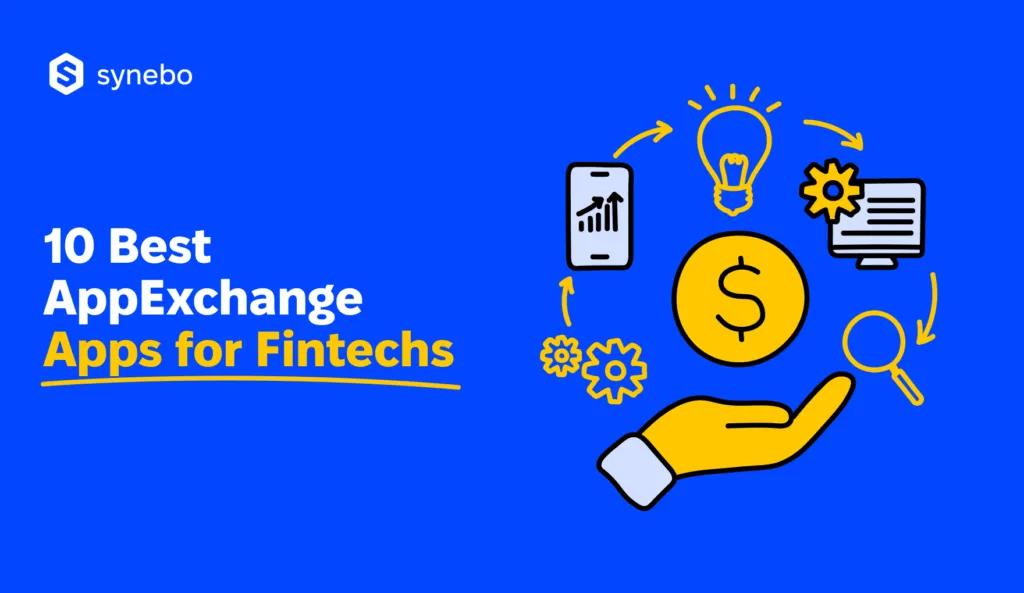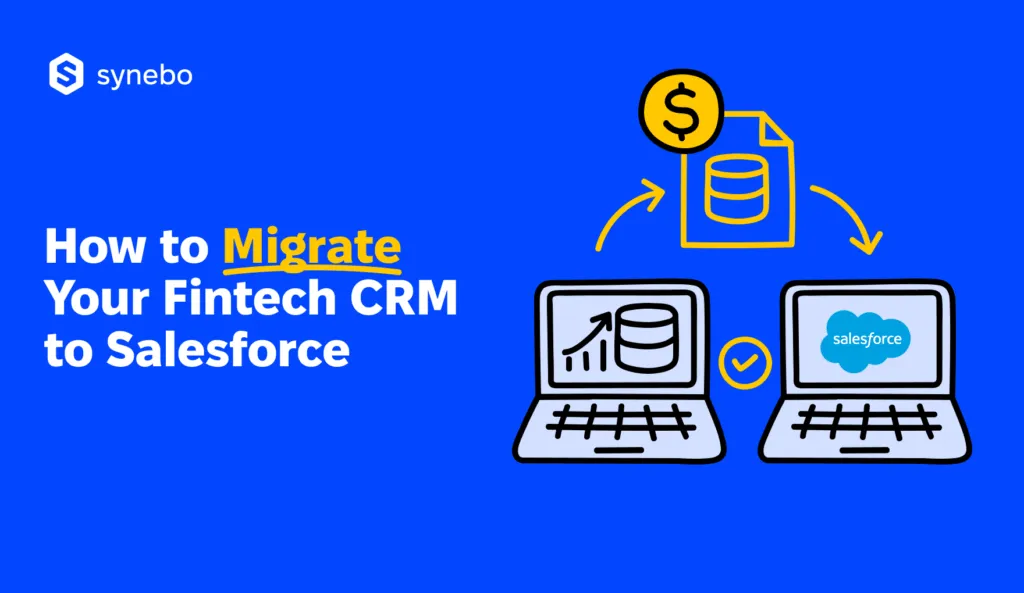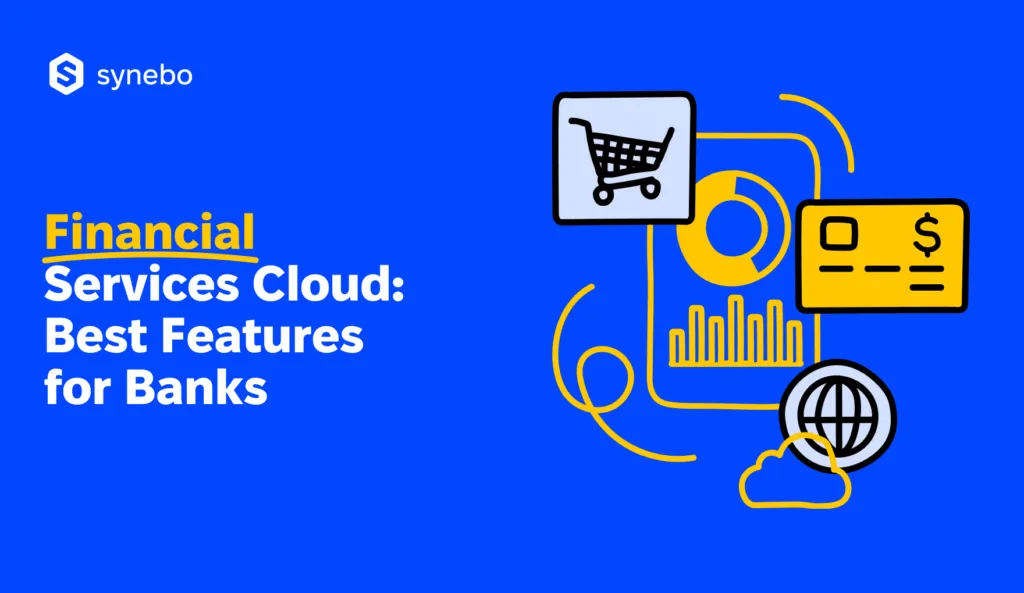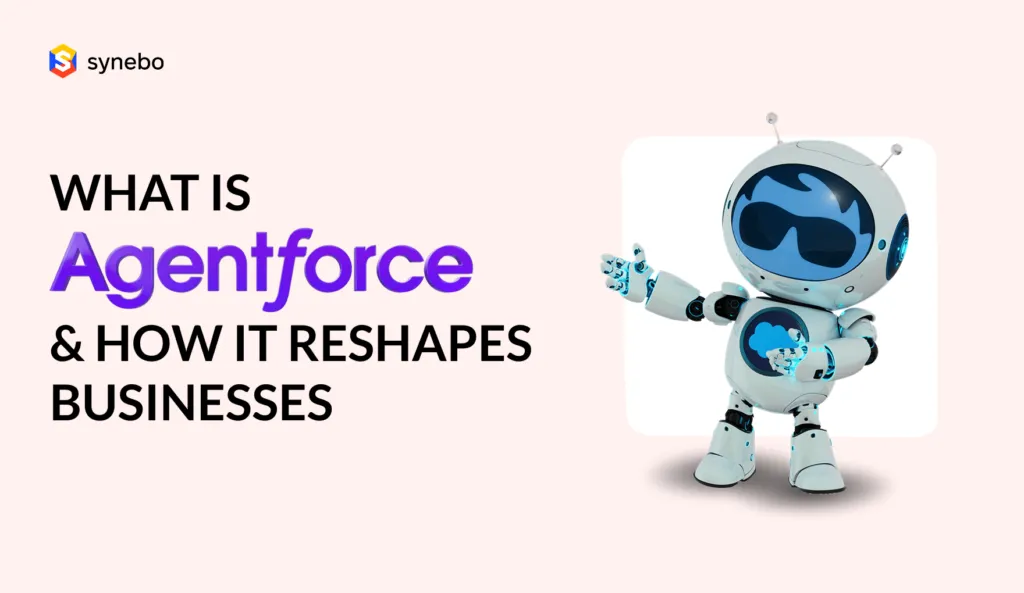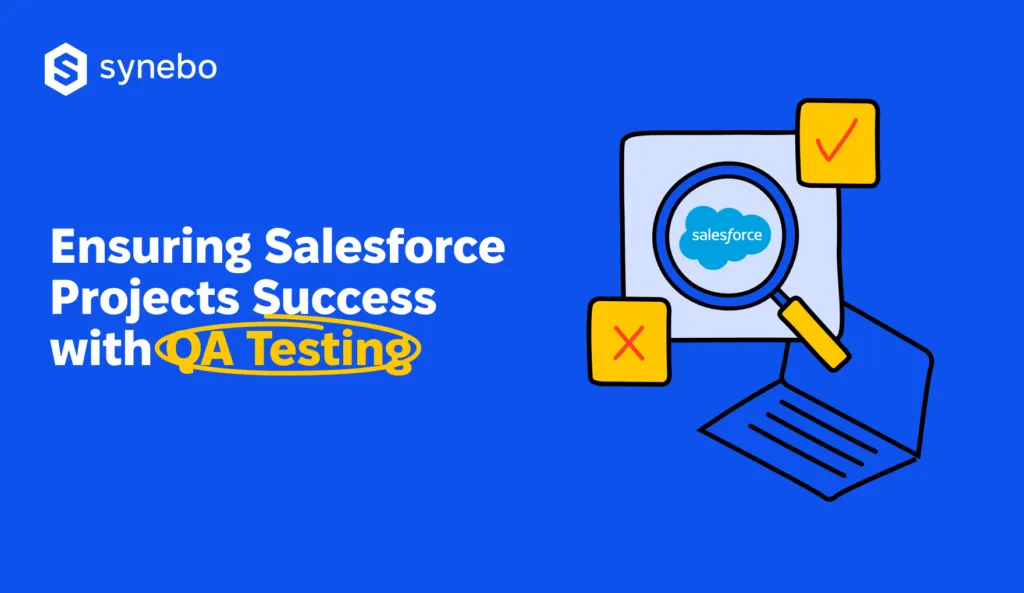Top Salesforce Adoption Strategies for Business Efficiency

Salesforce adoption is critical to the success of any organization. By effectively implementing and utilizing the features and functionalities of Salesforce, businesses can streamline their processes, improve collaboration, and enhance customer relationship management. However, achieving high Salesforce adoption rates can be challenging, as it requires careful planning and execution.
In this article, we will explore the best Salesforce adoption strategies and how organizations can maximize their investment in this powerful CRM platform.
What Is a Salesforce Adoption Strategy?
Salesforce is a cloud-based CRM platform that enables businesses to manage their sales, marketing, and customer service activities effectively. By adopting Salesforce, organizations can centralize their data, automate processes, and gain valuable insights into their customers’ behaviors and preferences.
Moreover, a Salesforce adoption strategy goes beyond just implementing a new software system. It represents a shift in how businesses engage with their customers and manage their operations. It fosters a customer-centric approach that focuses on building long-lasting relationships and delivering exceptional experiences at every touchpoint.
The Importance of Salesforce Adoption
Implementing Salesforce adoption strategies is vital for businesses aiming to improve their operational efficiency and drive growth. Salesforce adoption empowers sales teams to optimize their sales funnel, marketing teams to deliver targeted campaigns, and customer service teams to provide personalized support. By leveraging the full potential of Salesforce, organizations can enhance their overall productivity and effectiveness.
Furthermore, Salesforce adoption is not just about increasing efficiency; it also plays a crucial role in fostering innovation within an organization. By harnessing the power of Salesforce’s customizable features and integrations, businesses can adapt to changing market dynamics and stay ahead of the competition.
Key Challenges in Salesforce Adoption
While Salesforce offers an array of powerful features, ensuring high adoption rates within an organization can be challenging. Some key challenges include:
|
Challenges in Salesforce Adoption |
Description |
|
Resistance to change |
Employees may be hesitant to adopt new systems and processes, preferring familiar methods. |
|
Lack of training |
Insufficient training can lead to low user proficiency and reluctance to use Salesforce effectively. |
|
Poor user experience |
A non-intuitive interface or complex navigation can deter users from engaging with the platform. |
Besides, addressing these Salesforce implementation challenges involves creating a culture of continuous learning and improvement, where employees are encouraged to explore and utilize Salesforce’s capabilities to their fullest extent.
|
Solutions |
Description |
|
Comprehensive approach |
Address both technical and cultural aspects to ensure holistic adoption. |
|
Culture of continuous learning |
Encourage employees to explore and utilize Salesforce’s capabilities to their fullest extent. |
|
Effective change management |
Communicate the benefits of Salesforce adoption and provide the necessary support to help employees embrace the new system seamlessly. |
Ready to implement Salesforce? Explore our Salesforce Implementation Services to get started today!
How to Prepare Your Team for Salesforce Adoption

Transitioning to a new software platform like Salesforce can be a significant change for any organization. It’s essential to create a supportive environment where team members feel empowered to embrace this change. Open communication channels, regular updates, and transparent discussions about the benefits of Salesforce can help alleviate any concerns and build excitement for the upcoming transition.
Identify Your Salesforce Champions
Identifying individuals who are passionate about Salesforce and eager to drive its adoption can significantly impact the success of your implementation. These Salesforce champions can act as advocates within your organization, helping others understand the benefits and promoting Salesforce user adoption. Additionally, they can provide valuable feedback and insights to improve the implementation process.
Foster Collaboration
Encouraging collaboration among Salesforce champions from different departments can also foster a sense of community and shared purpose. By creating a network of passionate individuals who are dedicated to the success of Salesforce within your organization, you can leverage their collective knowledge and enthusiasm to drive adoption and overcome any resistance to change.
Use Training Sessions
Investing in comprehensive training and skill development programs is crucial to ensuring that your team feels confident and competent in using Salesforce. Tailor your training sessions to meet the specific needs and roles of your team members. This can include hands-on training, online courses, and workshops conducted by Salesforce-certified trainers. Regular refresher courses and ongoing support are also beneficial to reinforce knowledge and address any evolving challenges.
Implement Mentorship Program
Consider adopting a mentorship program where experienced Salesforce users can guide and support newer team members. This mentorship not only enhances learning and skill development but also fosters a sense of camaraderie and teamwork within your organization. By nurturing a culture of continuous learning and collaboration, you can create a strong foundation for successful Salesforce adoption and long-term success.
Provide Ongoing Support
Ensure that there is continuous support available for your team as they adapt to using Salesforce. Establish a dedicated support team or helpdesk to address any questions or issues that may arise. Regularly update resources and provide access to troubleshooting guides, FAQs, and direct assistance to help users overcome any challenges they face during the adoption process.
See how we helped Medisafe with Salesforce integration. Read our case study to learn more.
Top Salesforce Adoption Strategies You Need to Know: Basic and Technical Consideration
Now that your team is prepared, it’s time to implement the best strategies for successful Salesforce adoption. These strategies will help you maximize the benefits of Salesforce and drive user engagement within your organization. Let’s dive deeper into each one to understand how they can make a significant impact on your Salesforce adoption journey.
Basic Salesforce Adoption Strategies

- Strategy 1: Establish clear goals
Before implementing Salesforce, define clear goals and align them with your organization’s overall objectives. Whether it’s increasing sales revenue, improving customer satisfaction, or streamlining processes, establishing specific and measurable goals provides focus and direction for your Salesforce adoption efforts.
Example: If your goal is to increase sales revenue, set specific targets for your sales team and track their progress using Salesforce’s reporting and analytics capabilities. This helps measure adoption success and provides valuable insights for future improvements.
- Strategy 2: Prioritize user experience
Creating a user-friendly and intuitive interface is crucial for enhancing Salesforce adoption rates. Salesforce offers customization options to tailor the platform to your team’s needs and preferences. Consider the user journey and ensure that the system is easy to navigate, providing a seamless experience for your team.
Example: Conduct user testing and gather feedback from team members to identify pain points or areas for improvement within the Salesforce interface. By actively listening to users and making necessary adjustments, you can ensure a positive user experience that encourages widespread adoption.
- Strategy 3: Leverage Salesforce’s flexibility
Make the most out of Salesforce’s flexibility by customizing the platform to fit your unique business processes. Salesforce’s AppExchange offers a wide range of pre-built applications and integrations to enhance your organization’s capabilities. Explore these options and embrace the power of customization.
Example: If your organization relies heavily on email marketing, integrate Salesforce with tools like Mailchimp or HubSpot for seamless data synchronization, allowing your marketing team to track and analyze campaign performance directly within Salesforce.
- Strategy 4: Encourage collaboration
Effective collaboration is essential for successful Salesforce adoption. Encourage cross-functional teams to collaborate within Salesforce, share insights, and work together towards common goals. Use Salesforce’s collaboration features, such as Chatter and Communities, to foster teamwork and communication.
Example: Create dedicated groups or communities within Salesforce to facilitate knowledge sharing, problem-solving, and idea generation. This collaborative environment boosts user engagement and promotes a culture of teamwork and innovation.
- Strategy 5: Regularly review and update your strategies
Salesforce is a dynamic platform that evolves over time. Regularly review and update your Salesforce adoption strategies to ensure continued success and high adoption rates. Stay up to date with new features and enhancements, and assess their potential impact on your organization’s processes and goals. Modify your strategies accordingly to keep your Salesforce implementation aligned with your evolving business needs.
Example: Salesforce releases updates and new features that can improve user productivity or streamline processes. Stay informed about these updates and evaluate their relevance to your organization to make informed decisions about incorporating them into your adoption strategies.
Technical Salesforce Adoption Strategies

- Strategy 1: Data model optimization
Designing an optimized data model is crucial for ensuring scalability and performance. Define relationships, custom objects, and fields efficiently to facilitate data storage and retrieval, supporting your organization’s growth and scalability needs.
Components: Custom objects, field definitions, relationships (Master-Detail, Lookup).
- Strategy 2: Automation with Salesforce Flow
Leverage Salesforce Flow for automating business processes. Create automated workflows, approval processes, and complex business logic using Flow to streamline operations, ensuring consistency and accuracy.
Examples: Automating lead assignment, approval workflows for discount requests, triggering email notifications based on criteria.
- Strategy 3: Custom development with Apex
Use Apex for custom server-side logic and integrations to meet specific business requirements. Develop custom triggers, batch jobs, and REST/SOAP web services to implement complex business logic and integrate Salesforce with external systems seamlessly.
- Strategy 4: Component-based UI with Lightning Web Components (LWC)
Build dynamic, responsive user interfaces using Lightning Web Components (LWC) to enhance user experience. Develop reusable LWCs for custom pages and components, ensuring the UI is intuitive, efficient, and adheres to Salesforce’s Lightning design principles.
Benefits: Improved performance, reusability, and modern web standards.
- Strategy 5: API integration
Integrate Salesforce with other enterprise systems using APIs to ensure seamless data flow and enhance operational efficiency. Connect Salesforce with ERP systems, marketing automation platforms, and other third-party applications, providing a unified view of customer data.
Common integrations: ERP systems, marketing automation tools, and customer support platforms.
- Strategy 6: Continuous Integration/Continuous Deployment (CI/CD)
Implement CI/CD pipelines for efficient and reliable deployments. Use tools like Jenkins, Git, and Salesforce DX to automate the deployment process, manage source code, and ensure consistent development environments, reducing errors and improving deployment efficiency.
- Strategy 7: Enhanced security measures
Adopt robust security measures to protect data and ensure compliance. Configure role-based access controls, field-level security, and encryption. Use Salesforce Shield for additional protection, including event monitoring and platform encryption.
- Strategy 8: Performance monitoring and optimization
Regularly monitor and optimize Salesforce performance to ensure the system operates efficiently. Use Salesforce’s performance monitoring tools like Salesforce Optimizer and debug logs to identify and resolve performance bottlenecks, maintaining optimal system performance.
- Strategy 9: Custom report and dashboard development
Develop custom reports and Salesforce adoption dashboards tailored to specific business needs to provide actionable insights. Use Salesforce’s reporting tools to create interactive Salesforce adoption dashboards and detailed reports that support data-driven decision-making and enhance visibility into key metrics.
Report Types: Sales performance reports, customer support dashboards, and marketing campaign analysis.
- Strategy 10: Utilizing Salesforce AppExchange solutions
Leverage AppExchange to extend Salesforce capabilities and enhance functionality without custom development. Identify and integrate relevant AppExchange solutions for project management, document generation, or specific industry needs.
Benefits: Reduced development time, proven solutions, extended functionality.
By focusing on these detailed basic and technical strategies, organizations can ensure a successful Salesforce adoption tailored to both business and technical needs. Implementing these strategies and continuously refining your approach will help maximize the benefits of Salesforce and achieve long-term success.
Looking to develop custom Salesforce apps? Discover our Salesforce App Development Services and transform your business operations.
How to Measure Success with Salesforce Adoption Metrics
When it comes to Salesforce adoption metrics, it’s not just about the numbers, but also about understanding the story behind them. By delving deeper into the data provided by KPIs, you can uncover valuable insights into user behavior, system usage patterns, and areas where additional support may be needed. This holistic approach to measurement can provide a comprehensive view of your Salesforce adoption journey.
Key Performance Indicators (KPIs) for Salesforce Adoption
|
KPIs for Salesforce Adoption |
Description |
|
User logins |
Track the number of logins by users to measure engagement and identify adoption levels. |
|
Data completeness |
Ensure that critical fields and records are fully populated to assess data quality and integrity. |
|
Pipeline accuracy |
Monitor the accuracy of sales forecasts and pipeline data to ensure reliability and effectiveness. |
|
Customer satisfaction ratings |
Collect customer feedback to gauge the impact of Salesforce on customer experience and satisfaction. |
|
Productivity metrics |
Measure productivity improvements, such as reduced time to complete tasks or increased sales, to evaluate the system’s effectiveness. |
|
Qualitative feedback |
Gather user testimonials, success stories, and pain points shared by employees to provide valuable context and complement numerical KPIs. |
The Role of Feedback in Salesforce Adoption
Collecting feedback from your team members is essential for understanding their experience with Salesforce and identifying areas for improvement. Set up feedback channels, such as surveys or focus groups, to gather insights on user satisfaction, training needs, and usability. Utilize this feedback to refine your strategies and drive higher adoption rates.
Furthermore, feedback should not be viewed as a one-time activity but rather as an ongoing process that evolves with your Salesforce implementation. By establishing a culture of continuous feedback and improvement, you can create a dynamic environment where users feel empowered to share their thoughts and contribute to the success of Salesforce adoption within your organization.
Need help with Salesforce Service Cloud? Check out our complete guide for implementing Salesforce Service Cloud effectively.
How to Sustain Salesforce Adoption in the Long Run
Sustaining Salesforce adoption is an ongoing process that requires continuous training and support. To ensure long-term success, organizations should prioritize the following aspects:
Continuous Training and Support
Offering ongoing training and support is vital to keep your team engaged and proficient in using Salesforce. Develop a training plan that includes new hire onboarding, refresher courses, and advanced training for power users. Additionally, provide access to resources such as knowledge bases, user forums, and help desks to address any queries or challenges.
Continuous training and support not only help in maintaining user proficiency but also contribute to a culture of learning and development within the organization. By investing in the growth of your team’s Salesforce skills, you are not only ensuring better adoption rates but also fostering a sense of empowerment and ownership among users.
Adapting to Changes and Updates in Salesforce
Salesforce regularly releases updates and enhancements to improve its platform’s functionality. Stay informed about these changes and evaluate their potential impact on your organization. Develop a process for assessing and implementing updates, ensuring that they align with your overall Salesforce adoption strategies.
Adapting to changes and updates in Salesforce is crucial for staying competitive and leveraging new features to drive business growth. By proactively monitoring and incorporating these updates into your Salesforce strategy, you can stay ahead of the curve and maximize the benefits of the platform for your organization’s unique needs.
Want to master Salesforce data management? Learn best practices in our detailed article on Salesforce Data Management.
Successful Salesforce adoption requires careful planning, execution, and ongoing effort. By understanding the importance of Salesforce, preparing your team, implementing effective strategies, measuring success, and sustaining adoption in the long run, organizations can maximize their return on investment and unlock the full potential of Salesforce. Embrace these best practices and empower your team to achieve success in their Salesforce journey.
Ready to elevate your Salesforce experience and ensure your team’s success? At Synebo, we specialize in transforming your CRM journey with our expert Salesforce Consulting and Development & Integration services. From security reviews and migrations to custom application development and integrations, our certified Salesforce professionals are here to guide you every step of the way.
Contact us for a seamless, optimized Salesforce solution tailored to your business needs!
A professional Salesforce consulting service can significantly streamline the adoption process by offering expert guidance on best practices, custom solutions tailored to your specific business needs, and comprehensive training programs.
Moreover, consultants can also provide change management support to help mitigate resistance, optimize Salesforce configurations, and ensure seamless integration with existing systems.
Custom Salesforce integration can enhance your business operations by consolidating data from various sources, automating workflows, and providing a unified platform for customer relationship management.
This leads to improved data accuracy, increased efficiency, and a better overall user experience. Integration with other tools such as marketing automation, ERP systems, and communication platforms can further boost productivity and collaboration across departments.
When selecting a Salesforce development partner, consider their experience and expertise in your industry, their understanding of your business processes, and their ability to offer customized solutions.
Look for partners with a proven track record of successful implementations, certifications from Salesforce, and the capability to provide ongoing support and training. Additionally, ensure they have a strong focus on Salesforce user adoption and can offer strategies to maximize engagement and usage.
Regular monitoring and optimization are crucial for maintaining high levels of Salesforce adoption. By continuously tracking key performance indicators (KPIs) such as login rates, data accuracy, and user activity, you can identify areas for improvement and address any issues promptly. Ongoing optimization ensures that the system evolves with your business needs, making it more intuitive and valuable for users, which in turn drives higher adoption rates.
Digital Adoption Platforms (DAPs) play a pivotal role in enhancing Salesforce usage by providing in-app guidance, personalized training, and real-time support. These platforms help users navigate Salesforce more efficiently by offering contextual help and automating repetitive tasks. DAPs can also track user interactions and provide insights into user behavior, enabling targeted interventions to boost adoption and overall system effectiveness.


